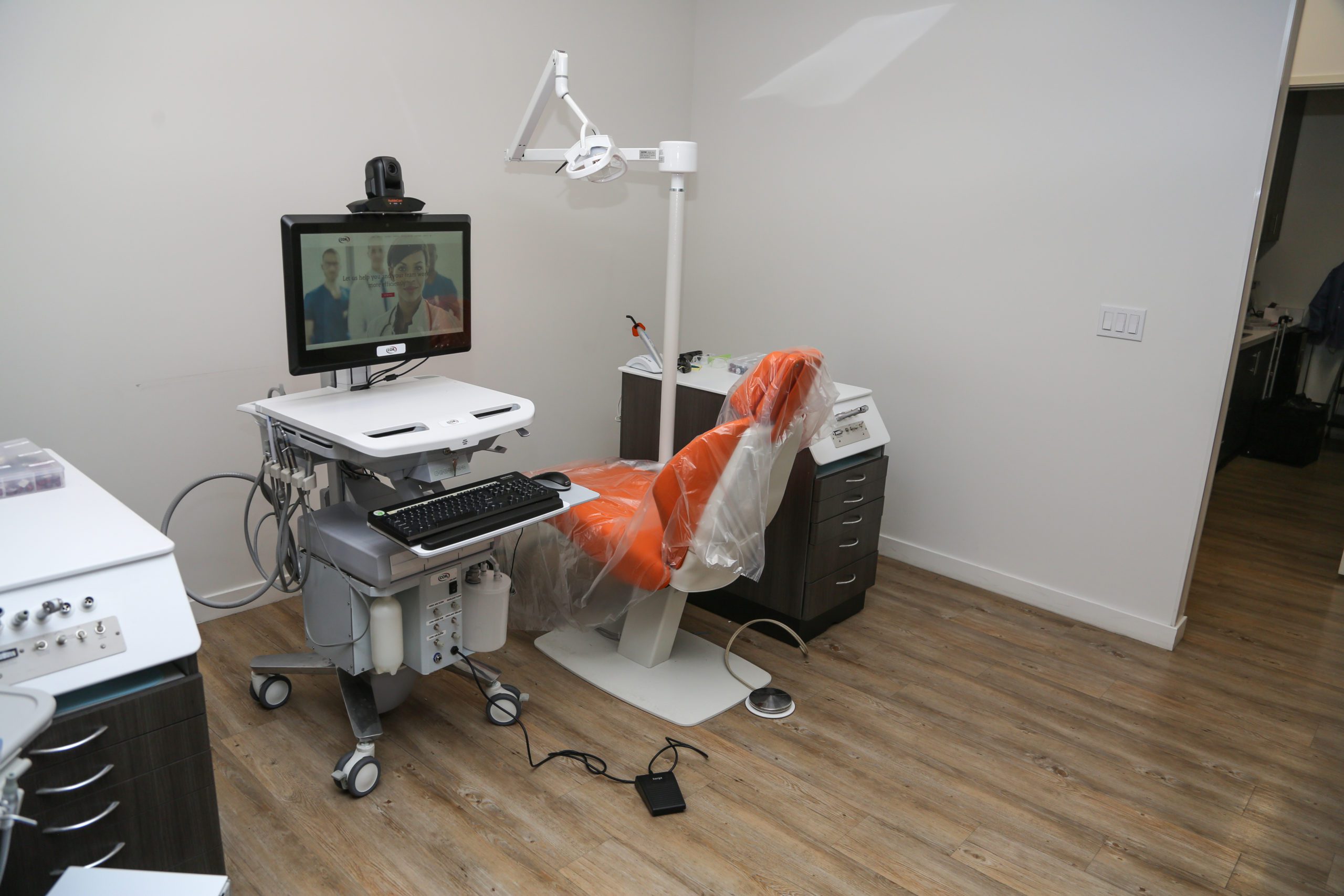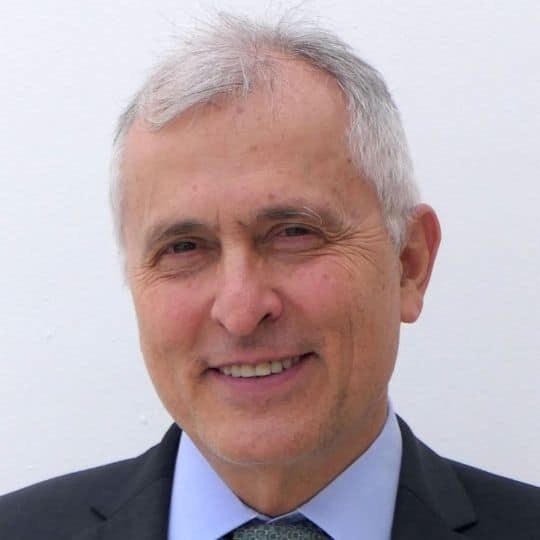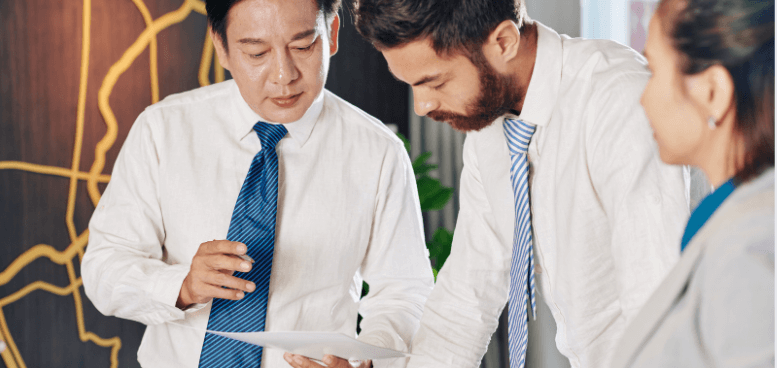Dental care includes regular visits to the dentist. However, this is a challenge for many people. The COVID-19 pandemic makes matters worse, not just for the patients, though. Even the dental industry struggles as well.
The good news is that there’s a telehealth medical cart reviving the industry by adjusting the way dentists provide care. Fred Babaee, CEO of Simply Mobile Industry Inc., expounds on the latest trend (and future) of so-called teledentistry.
Fred Babaee’s Foray into Teledentistry
Telehealth is a broad term that covers the use of communication technologies and digital information in managing one’s health. Mr. Babaee stated, “Telehealth has been around for some time.” Teledentistry is a branch of telehealth that focuses more on giving dental care using modern technology.
Mr. Babaee can be considered as one of the pioneers in teledentistry. “So my background has been in technology since the early nineties,” he said. His journey began when he had a company that manufactured personal computers and even enterprise storage level servers. Back then, their products mainly catered to corporations in the United States.
Later on, the company shifted its focus towards making medical equipment for clinics and hospitals. Among these are telehealth medical carts. In 2018, their team designed a cart specifically for dentistry. Mr. Babaee describes it as “sort of an all-in-one cart that can do anything that the dentist needs in terms of services, in terms of telehealth, in terms of video conferencing.”
The Uses of Teledentistry before the COVID-19 Pandemic
Teledentistry evolved from contacting dentists via phone call or email. Then the video call became available. This made online consultations more feasible. The COVID-19 pandemic highlighted the importance of this service.
However, teledentistry has been used even before the global health crisis. The primary recipients were those over 65 years of age. Mr. Babaee explained that these people aren’t as mobile as the younger crowds. He further added, “They just want to have the dentistry service delivered to them.”
How is this possible? Through teledentistry, dentists can talk to and look at their patients through a video call. This requires the teledentistry cart, phone, and/or laptop. Additionally, Mr. Babaee stressed, “The patient can communicate with the doctor as long as they have this intraoral camera.” The said camera lets dentists check the patient’s mouth even if the latter isn’t physically present in the clinic (Or, it’s also possible that the dentists aren’t in their clinics but still want to check on their patients.)
Before the pandemic, hygienists and registered nurses aided dentists in carrying out teledentistry. They did so by visiting nursing homes and providing cleaning services. Aside from cleaning, they also assessed their patients’ teeth to see if there were other procedures needed. For example, what if their teeth were decaying, or what if the crowns were broken?
Through teledentistry, the dentists could guide the hygienists and nurses on how to check these things. “Before we can send the dentist, let’s take a look at him through televideo,” Mr. Babaee illustrated how teledentistry would work.
The Importance of Teledentistry During the COVID-19 Pandemic
To manage the pandemic, governments and healthcare professionals discouraged people from going out. Establishments were closed, too. These included dental clinics. Dentists couldn’t see their patients. However, Mr. Babaee’s medical cart helped them find a new way to do so. “Now they can see the advantage of all these,” said the doctor.
At first, the technology’s main advantage was that it eliminated an extra visit to the dentist’s office. This meant the patient could save time and avoid travel costs. But during the pandemic, teledentistry helped prevent the spread of the virus. As Mr. Babaee pointed out, “… we’re actually eliminating a lot of touches between human bodies.”
Other Advantages of Teledentistry
Teledentistry makes it possible for dentists and patients to contact each other anytime and anywhere as long as they have the tools. This means that even during dental emergencies, dentists can provide treatment sooner.
“So, by having our medical cart that is converted into a dental cart, having that present at the facility and having a dentist on call when emergencies like that happen, they can have a dentist available to see those patients and get them treated rather than sending them home with an opioid or a drug,” Mr. Babaee explained. He further elaborated on the need to have the said medical cart in emergency rooms, urgent care facilities, and nursing homes.
But the medical cart doesn’t have to be in a permanent location. Mr. Babaee noted, “They can move this around from one office to another.” The cart comes in different sizes, after all. There’s the small suitcase type that dentists can practically carry around in their cars. There’s also another type that can be installed in vans. This one is perfect for more complex dental procedures.
The Future of Teledentistry
Teledentistry is likely here to stay. The exciting part is that it’s bound to go to another level in the future. “How would the AI, the artificial intelligence type of technology, benefit dentistry?” That’s just one of the things that Mr. Babaee looked forward to in the teledentistry field.
For innovators like him, they ask themselves how they make things faster, easier and better, especially for patients. He cited the use of multiple x-rays as an example of the improvements in teledentistry. In the past, doctors only looked at one image and decided on a treatment based on that. Today’s technology makes it easy to collect and examine multiple images, which will determine the treatment. “Of course, the doctor has to do a final signature on it,” Mr. Babaee assured.
As for his favorite part in teledentistry, he said, “…seeing how happy our customers, patients, are in terms of the services, and in terms of our equipment, I think with what we’ve done, we made it.” The good news is that Mr. Babaee’s teledentistry cart isn’t just for dentists and patients in the US. Even those in Europe and other parts of the world can take advantage of this technology.
At TopDoctor Magazine, our mission is to foster connections within the health and wellness community, acting as a vital bridge between doctors and patients and facilitating collaborations between medical companies and healthcare professionals.
Our purpose extends to empowering our readers, providing them with the knowledge to make well-informed healthcare and lifestyle decisions.
We take pride in being the ultimate resource for interviews with health and wellness leaders, delivering trending medical news, and covering a wide range of healthy living topics.








0 Comments